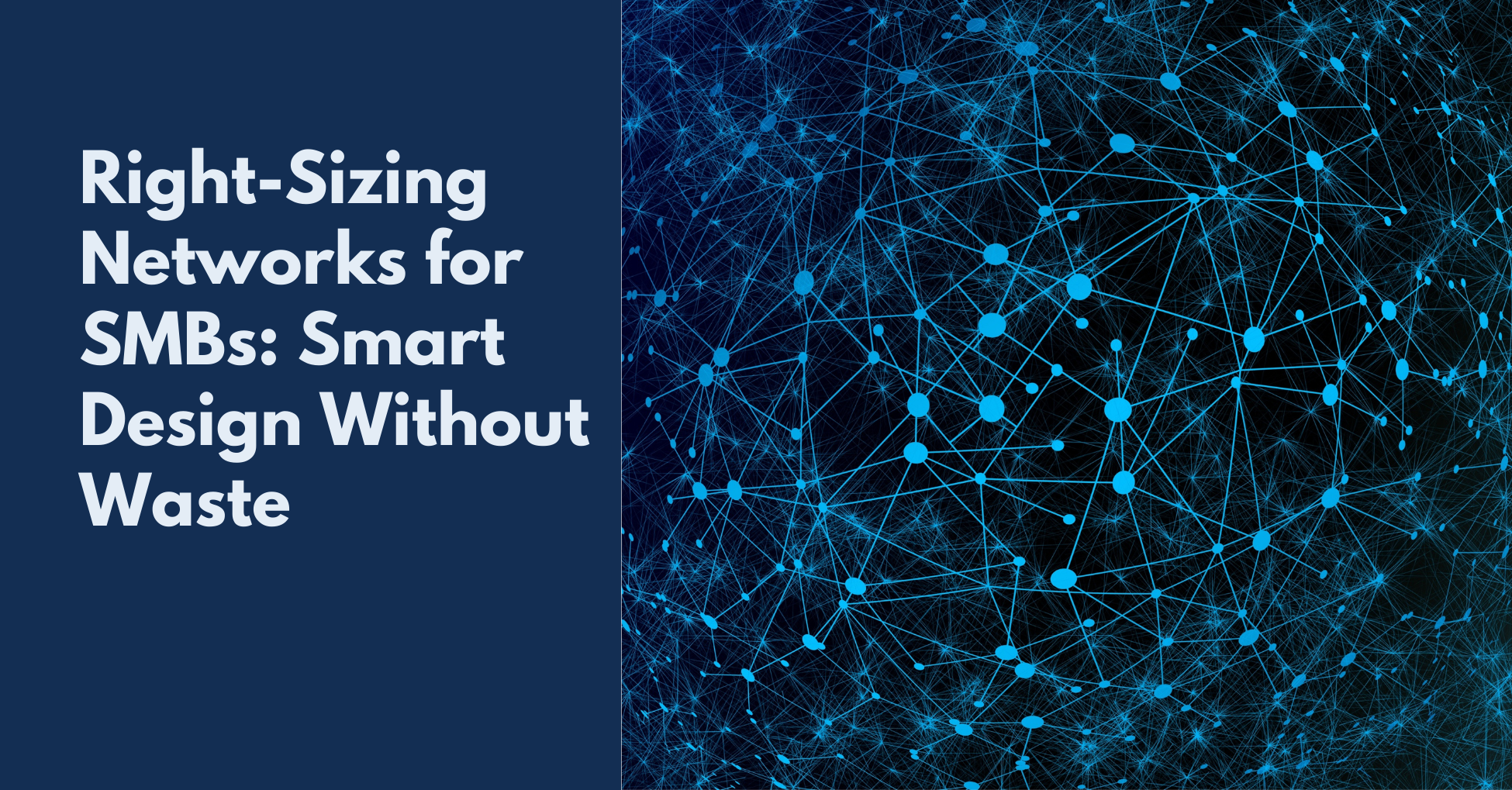2 min read
Right-Sizing Networks for SMBs: Smart Design Without Waste
For small to medium-sized businesses, particularly in biotech, healthcare, and research, funding isn’t always consistent. Grants, third-party...
2 min read
 Technium
:
Jun 10, 2025 11:23:53 AM
Technium
:
Jun 10, 2025 11:23:53 AM

Think of your organization's network like a system of roads connecting everyone and everything. Traditionally, these "roads" were built in a hierarchical way, like a tree with branches. This worked okay for a while, but the way we use our networks is changing dramatically. We're connecting to more things in the cloud, using tons of smart devices (like IoT sensors), and demanding much faster speeds for things like video conferencing and big data.
This is why the "network fabric" – the underlying structure of our networks – is evolving. It's moving beyond those old tree-like structures to become more flexible, efficient, and ready for the future.
Why the Change?
New Ways of Building Networks:
To handle these demands, new technologies are emerging:
Getting Ready for Tomorrow:
Understanding that the network fabric is evolving is crucial for IT leaders. By embracing these new architectures and technologies, organizations can build networks that are:
The network fabric is the foundation of your digital operations. Ensuring it's ready for the challenges and opportunities of tomorrow is a key step in future-proofing your organization.
Founded in 1999, Technium has been building enterprise-class, edge-to-cloud network fabric for almost three decades. We provide secure NaaS solutions for some of the most data-demanding customers in the Biotech industry. Technium has co-designed and operates the Fabric in the Markley Data Center that services more than 90% of all Internet traffic in New England. Technium helps customers connect to the Fabric, leveraging our unique ability to enable unmatched end-to-end performance, availability and security for all critical workloads, including AI/ML and HPC. If your company could benefit from a comprehensive fabric architecture, we would be happy to engage and perform a site assessment and help you begin your Fabric journey.

2 min read
For small to medium-sized businesses, particularly in biotech, healthcare, and research, funding isn’t always consistent. Grants, third-party...
.png)
2 min read
In the dynamic world of life sciences, research initiatives, particularly in biotech and pharmaceuticals, generate colossal volumes of data. From...
.png)
2 min read
Generative AI (GenAI) is revolutionizing a variety of industries, offering unprecedented potential for innovation and enhancements in worker...